Bali is one of the world's most popular tourist destinations, and not just by chance. Beyond its picturesque landscapes, local wisdom and traditions merit attention and can be intriguing to visitors, even those not keen on ethnographic studies.
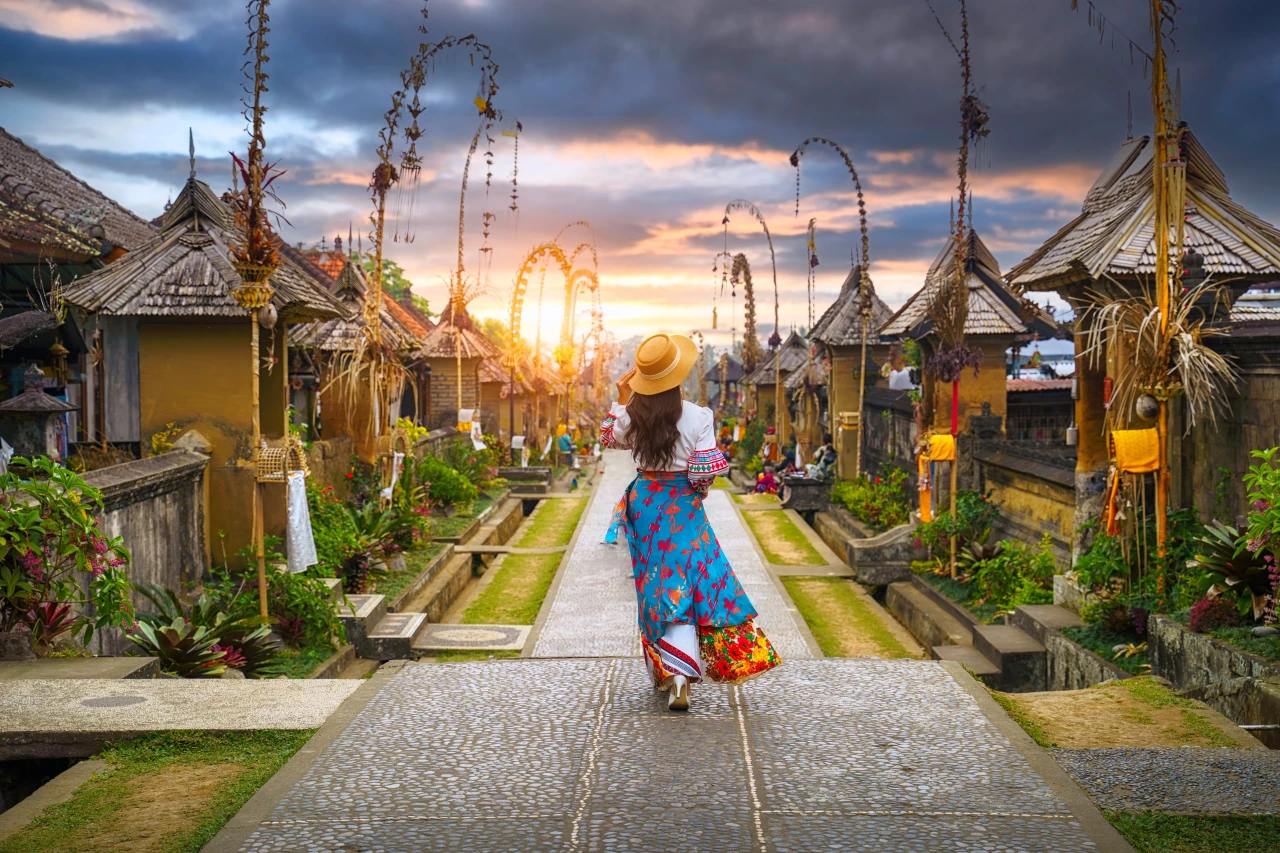
There's always a lot to discover in the lifestyle and cultural practices, and Balinese people make a great effort to preserve their culture.
The newly re-elected Governor of Bali, Wayan Koster, intends to rename Bali's tourist villages to cultural villages. This change will affect well-known places like the villages of Penglipuran, Jatiluwih, and Taro, making culture a central aspect of all events taking place there.
Koster stated: "Currently, the term 'Tourist Village' is used, but if it remains, culture may lose its prominence over time. We don't want that to happen, yet it is pragmatic. In truth, without culture, there would be no tourism. The main attraction of Bali is its culture, and that's what should be prioritized and developed".
Koster emphasized that it's not just about changing names – he wants these villages to focus more on promoting traditional Balinese culture rather than entertainment or wellness services.
"If everything is organized correctly, even without being called a tourist village, the place will still become a popular attraction. That means, on one hand, culture will be developed, and on the other – tourism," added Koster.
Tourists are recommended to visit at least one of Bali's cultural villages during their stay. If you're interested in the daily life of locals, the village of Penglipuran is an ideal location. Those wanting to see the famous rice terraces and learn more about agriculture should definitely visit Jatiluwih. And for those looking for something between culture and nature, Taro Village near Ubud is the place to go – it's home to Bali's famous sacred white cows.
Here is a more detailed list of traditional villages on Bali. Include them in your itinerary to dive deeper into the culture of this extraordinary island.
1. Penglipuran Village
The village of Penglipuran is situated in the Kubu district, Bangli Regency, at the foot of Mount Batur. Also known as Pengeling Pura, the place is considered sacred and is noted for its stunning natural beauty. Interestingly, the houses in the village are built in a unified style and are interconnected.
Visitors to this unique village can learn more about local traditions, customs, and various rituals. The village also has a strict custom – polygamy is forbidden. Anyone breaking this rule is exiled and relocated to a separate area called Kerang Memadu.
2. Tigawasa Village
The village of Tigawasa is located in Buleleng, at an altitude of 500–700 meters above sea level. Here, visitors can try robusta coffee, grown by local farmers, interact with the residents, and explore local culture and traditions.
3. Sidatapa Village
Sidatapa is one of the oldest villages in Buleleng Regency. It is located at an altitude of 450 meters above sea level. Ancient traditional houses, such as the bale gajah tumpang salu, built in 785, are preserved here. These houses face away from the road, their walls are made of earth, and the roofs are supported by twelve wooden pillars.
The interior part of the house, called the "tri mandala," serves both daily life and religious ceremonies. In this village, one can explore local history, observe rituals and traditions, and see traditional bamboo crafts and ritual dances.
4. Cempaga Village
The village of Cempaga, also located in Buleleng, is known for its old ritual dances such as jangkruk, baris, pendet, and rejang. The village is well-preserved, and it is surrounded by magnificent nature.
5. Tenganan Village
The village of Tenganan is located in Karangasem. Traditional houses and strict rules, known as awig-awig, have been preserved here since the 11th century and were updated in 1842. These are traditional codes of rules and customs in Balinese villages that regulate residents' daily life, including land ownership, marriage, religious rituals, and social norms.
For instance, awig-awig strictly defines who can be considered a community member, how property is transferred, and establishes prohibitions on mixed marriages. Despite Tenganan becoming a tourist site, the village retains the atmosphere of traditional Bali and the culture that existed before the Hindu period on the Island of the Gods.
6. Kapal Village
Kapal is located approximately 15 km from the center of Denpasar, in Mengwi, Badung Regency.
The village is known as a center of architectural crafts and its ancient temple complex. It is also one of the main centers for the production and trade of ceramics in Bali. Moreover, it hosts a unique ritual – the "tipat-bantal" battle, held in front of the Pura Desa and Pura Puseh temples in Kapal. This traditional ritual fight symbolizes gratitude to the gods for the harvest and prosperity.
During the rite, participants throw "tipat," rice cakes in woven wrappers, and "bantal," sticky rice cakes, at each other. The battle occurs in front of the Pura Desa and Pura Puseh temples and is accompanied by prayers and rituals.
It is believed that the more brutal and fierce the fight, the more luck and abundance the village will have in the coming year. After the battle, the used cakes are scattered over the fields as a blessing for the future harvest.
Source: msm
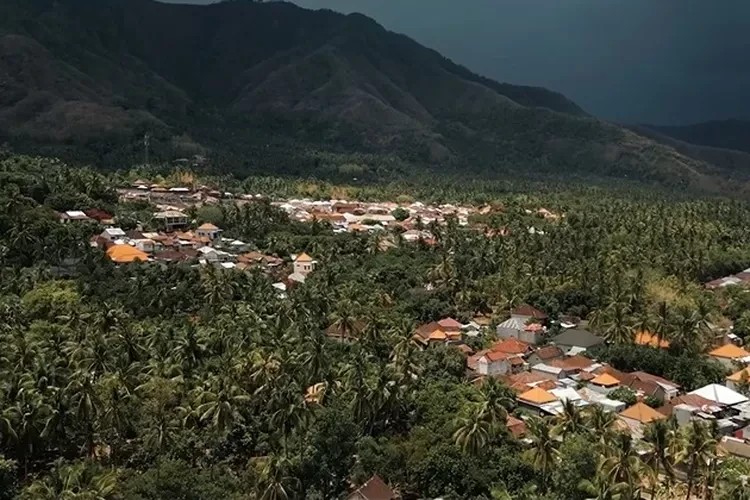
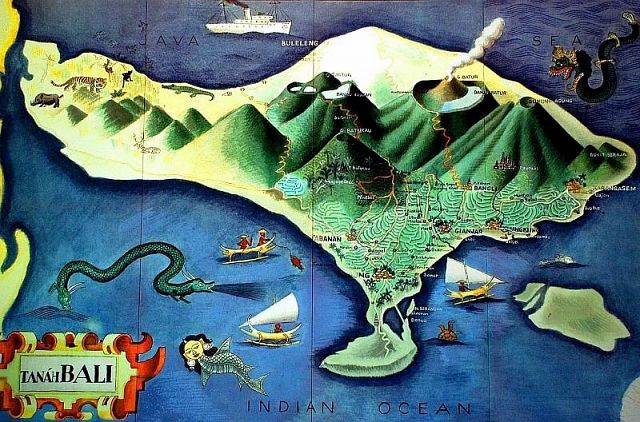
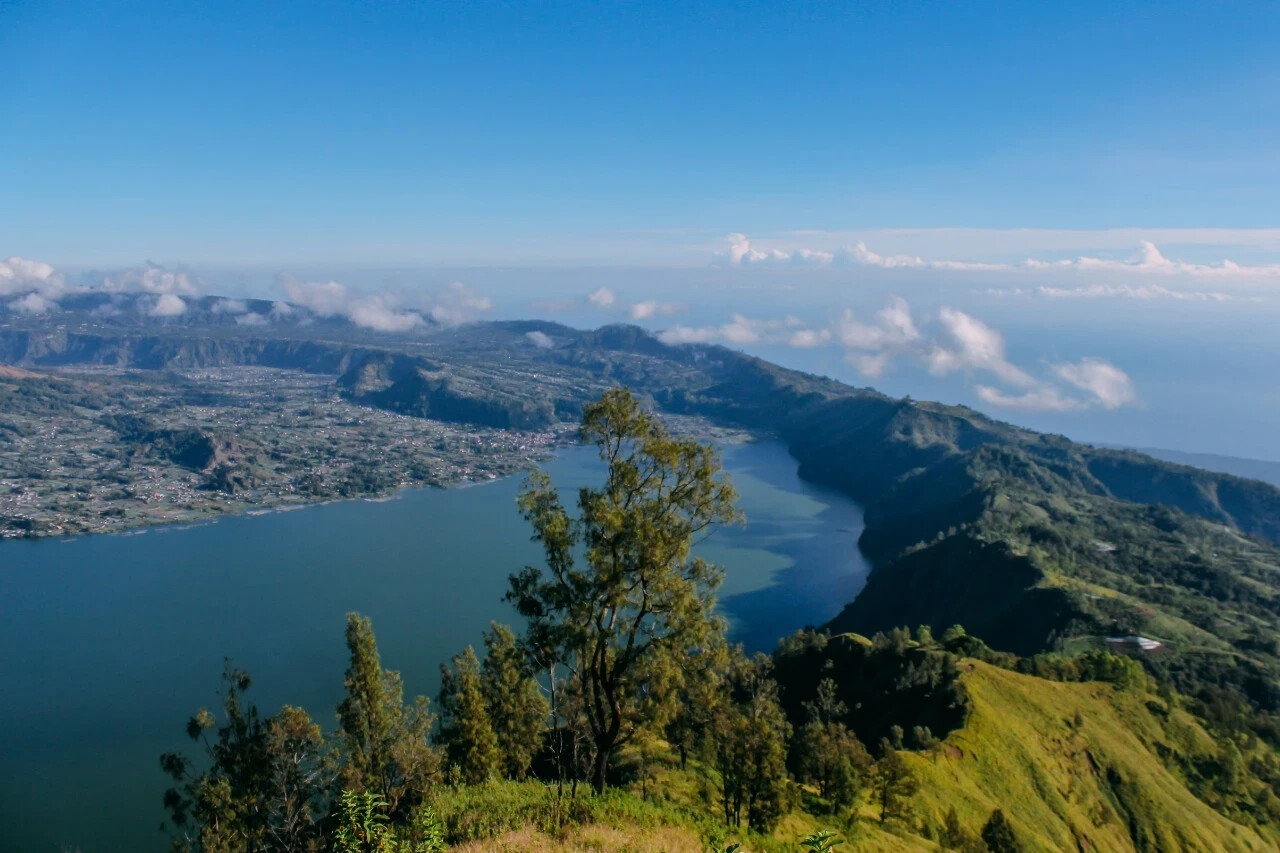
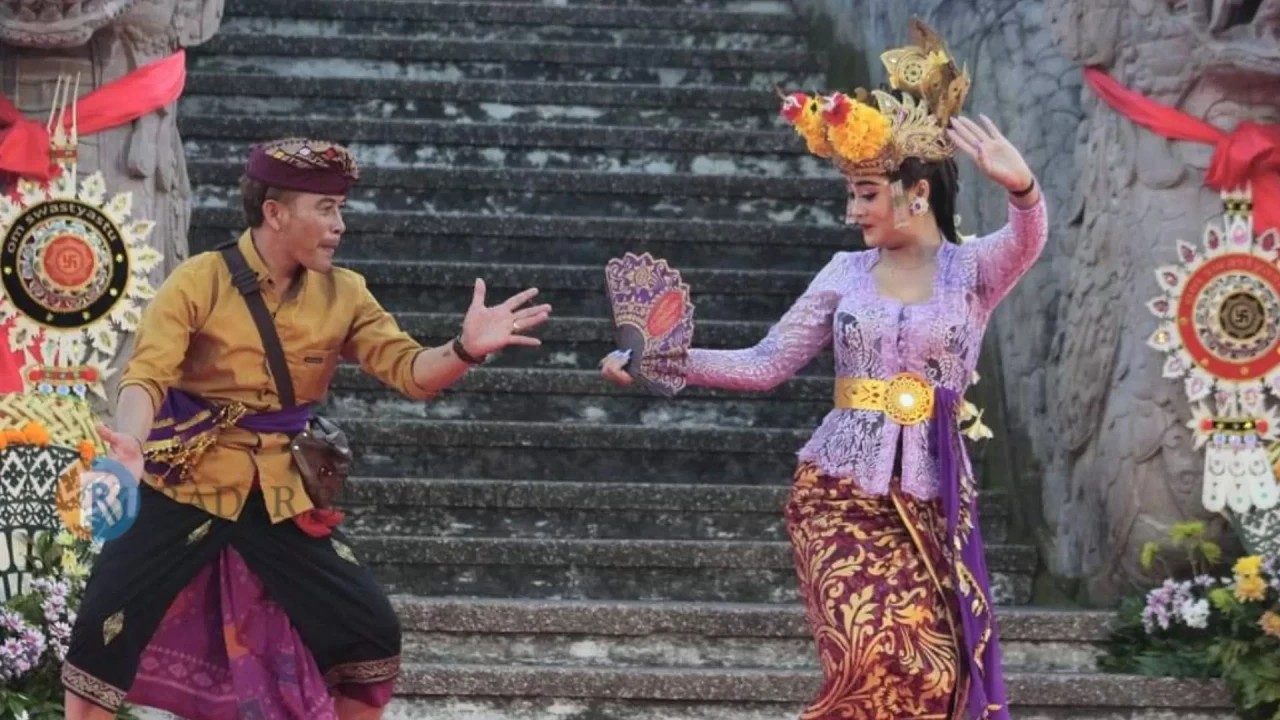
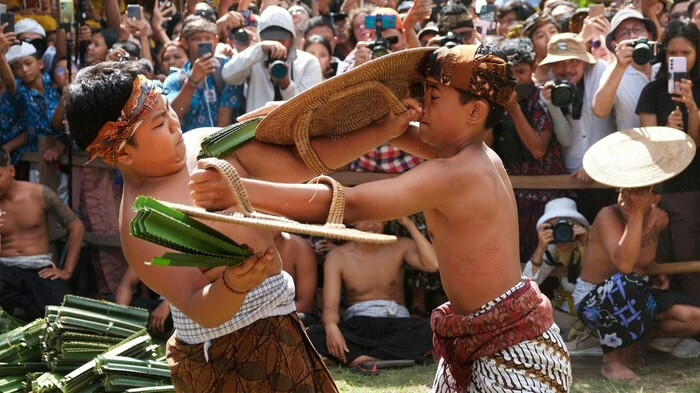
You can add one right now!